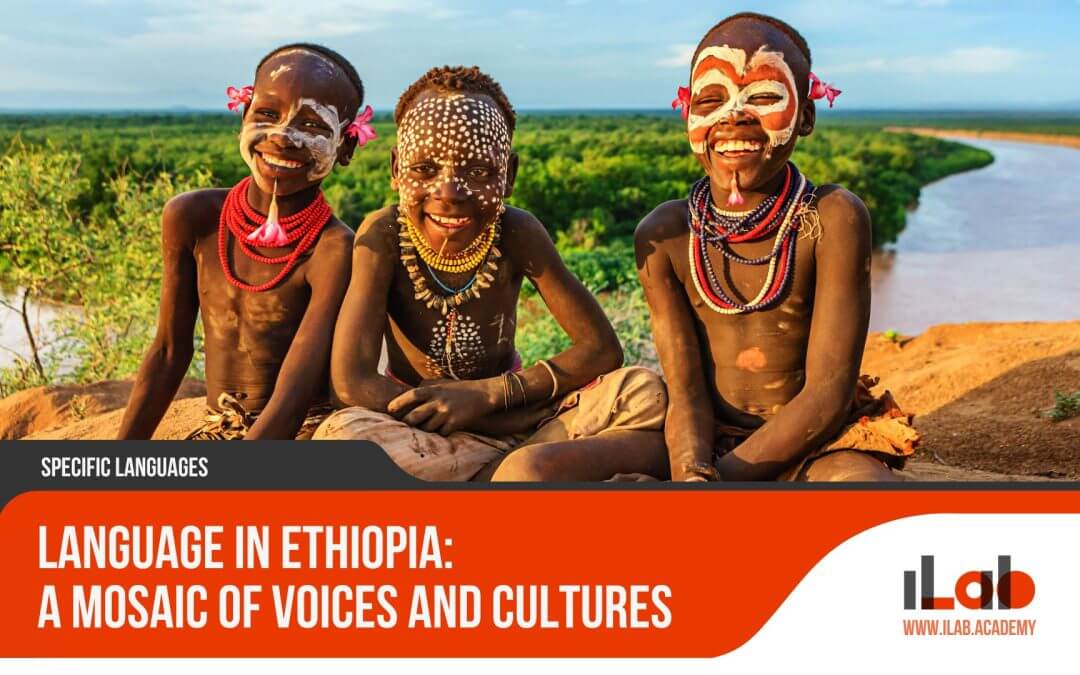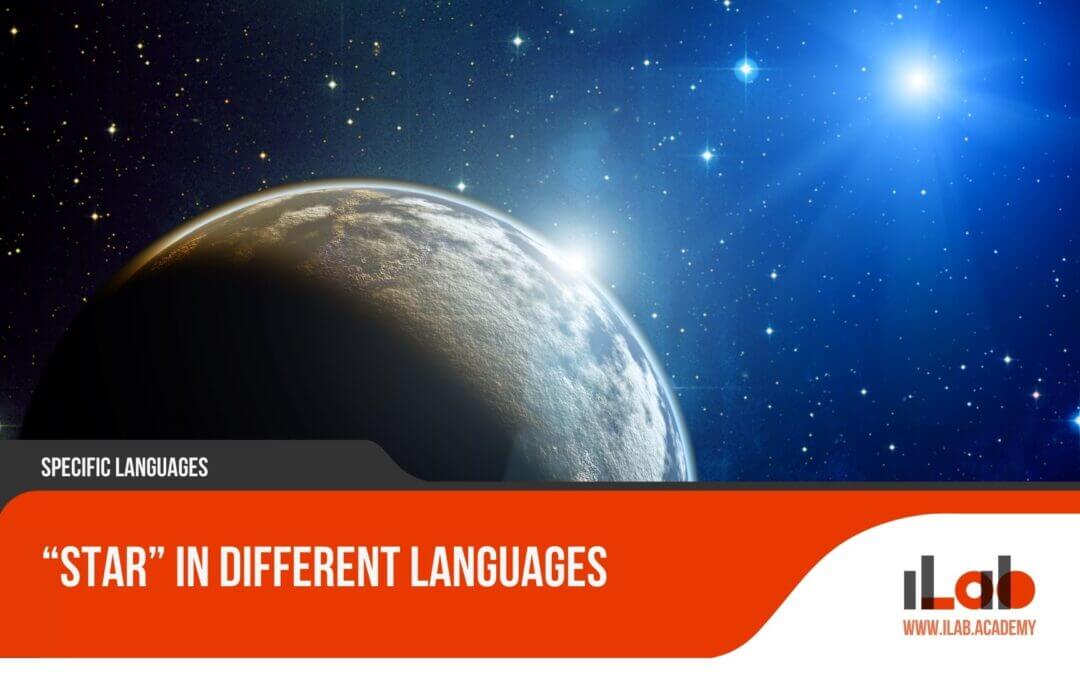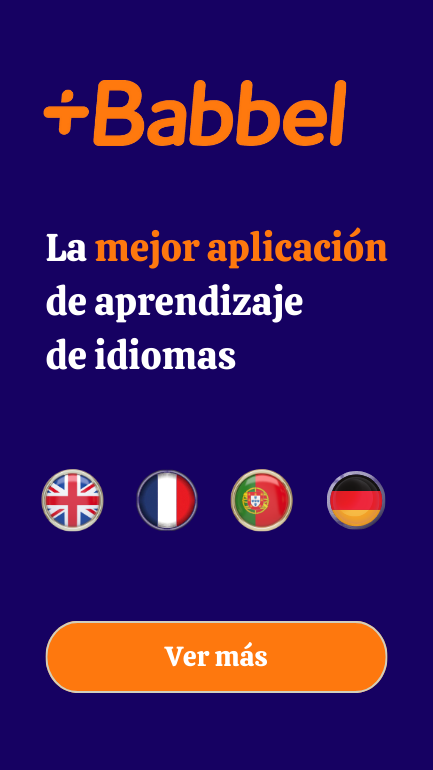Table of contents
The Filipino language, or Wikang Filipino, not only serves as a lingua franca for the archipelago but also encapsulates the dynamic evolution of the Philippines’ social and cultural fabric. As the official medium of communication in a country characterized by an extensive array of dialects and languages, it is continuously shaped by the interactions and integrations of its diverse population. The language’s history, deeply intertwined with periods of colonization and the subsequent assertion of national identity, provides a fertile ground for scholarly exploration. From its Austronesian ancestry to the assimilation of Spanish, American, and other foreign linguistic influences, Filipino embodies a living chronicle of the nation’s past and present. As such, understanding the development and current state of Filipino not only offers insight into a culture in flux but also raises poignant questions about the future of this vibrant language amidst the tides of globalization and technological change. This discussion will navigate through the intricacies of Filipino’s evolution, examining its significance in shaping the collective voice of the Philippines and inviting reflection on its role in a rapidly modernizing world.
Key Takeaways
- The Filipino language has its roots in the Austronesian language family and was influenced by Spanish colonization, shaping its current form.
- Filipino and Tagalog are distinct but connected, with Filipino being the national language and Tagalog being one of its main bases.
- The Filipino language has unique grammatical, phonological, and syntactic features that contribute to its linguistic complexity.
- Regional languages like Cebuano, Hiligaynon, and Ilocano contribute to the Filipino lexicon, reflecting the linguistic diversity of the Philippines.
If you’re fascinated by the evolution of the Filipino language and want to explore other languages as well, check out our detailed review of Lingoda. Lingoda offers flexible online lessons in languages like English, French, and Spanish, helping you expand your linguistic skills and cultural understanding.
Unraveling the History of the Filipino Language
The Filipino language, with its Austronesian origins, has undergone a profound transformation due to over three centuries of Spanish colonization and the influences that accompanied it. This rich linguistic tapestry began with the arrival of Malayo-Polynesian speaking peoples who migrated to the Philippine archipelago thousands of years ago. These early settlers brought with them a language family that would lay the groundwork for many of the native languages spoken in the Philippines today, including Tagalog, from which Filipino is primarily derived.
Spanish colonization, which commenced in the late 16th century, significantly impacted the linguistic landscape of the Philippines. The pervasive influence of Spanish can be seen in the vast number of borrowed words that have been woven into Filipino. This intermingling is not limited to vocabulary but extends to phonetics and sentence construction, which have evolved to accommodate the nuances of Spanish loanwords.
It is this syncretism that has given rise to the Filipino language as it is known today. The language embodies a historical journey, reflecting the Philippines’ narrative of resilience and adaptation. As a result, Filipino is not merely a repository of words and grammar. It encapsulates the cultural and historical journey of the Filipino people, bearing witness to the nation’s past while continuing to evolve in the present.
Thus, understanding the history of the Filipino language is essential to appreciating its current form and function. It serves as a testament to the country’s dynamic and diverse cultural heritage, shaped by its Austronesian roots and enriched by the indelible imprint of Spanish influence.
Explora la Evolución del Filipino y Mejora tus Habilidades Lingüísticas con Lingoda
Aunque el idioma filipino está en constante cambio, tú también puedes mejorar tus habilidades en otros idiomas. Con Lingoda, aprenderás inglés, francés, alemán y más, con clases flexibles impartidas por profesores nativos.
Filipino vs. Tagalog: Clarifying the Distinction
Often shrouded in confusion, the relationship between Filipino and Tagalog is crucial to understand, as it underpins the linguistic identity of the Philippines. The term “Tagalog” refers to an ethnic group in the Philippines as well as their language, which has been spoken primarily in the region of Central and Southern Luzon. In contrast, “Filipino” is the national language, as designated in the Philippine Constitution, and it serves as a symbol of national identity and a tool for communication among the diverse Filipino population.
The distinction between Filipino and Tagalog is not merely a matter of nomenclature but also of linguistic evolution and policy. Filipino is intended to be a standardized version of Tagalog, and it incorporates words and expressions from other Philippine languages and even from foreign languages such as Spanish, English, and Chinese. This is reflective of the Philippines’ rich history of cultural interactions and trade.
To add clarity regarding their differences and commonalities, consider the following table:
| Aspect | Tagalog | Filipino |
|---|---|---|
| Basis | Ethnic language | Standardized |
| Scope | Regional | National |
| Influences | Limited | Diverse (local and foreign languages) |
Tagalog is the foundation upon which Filipino is built, but over time, Filipino has been enriched and expanded to be inclusive and representative of the entire archipelago. It is an ongoing process that reflects the dynamic and evolving nature of the nation’s language and identity. Understanding this distinction is key for anyone looking to grasp the linguistic landscape of the Philippines and the role language plays in the country’s culture and society.
The Structure and Features of the Filipino Language
While Filipino and Tagalog share common roots, the structure and features of the Filipino language reveal a complexity that underscores its evolution as the lingua franca of the Philippines. The Filipino language encompasses a vast array of grammatical, phonological, and syntactic elements that reflect its Austronesian origins while also incorporating influences from other languages due to historical interactions and colonial history.
The grammar of Filipino is predicate-focused, which means that sentences are often structured around the verb or action, rather than the subject. This differs significantly from English and many other Western languages. Its phonology is relatively simple, with around 20 phonemes, making pronunciation accessible for learners. Filipino also employs a system of affixes—prefixes, infixes, suffixes, and circumfixes—that modify the meaning of root words, creating a rich tapestry of expression.
To evoke an emotional connection and highlight the beauty of the language, consider the following features:
- The fluidity of Filipino verbs, which can convey subtle nuances of intention and emotion.
- The fusion of native and borrowed words, creating a language that is both deeply traditional and dynamically modern.
- The melodic quality of Filipino pronunciation, resonating with the warmth of its people.
- The resilience of regional dialects, embraced within the national language, symbolizing unity in diversity.
- The poetic nature of Filipino expressions, often encapsulating profound sentiments in just a few syllables.
For an audience desiring understanding, it’s crucial to appreciate these structural elements as part of the living identity of the Filipino language, reflecting the soul of a nation that has thrived through the confluence of various cultural currents.
Regional Languages and Their Influence on Filipino
Philippines’ linguistic landscape is as diverse as its archipelago, with regional languages such as Cebuano, Hiligaynon, and Ilocano enriching the Filipino lexicon and influencing its development. These languages, spoken by millions across various regions, are not mere dialects but are languages in their own right, each with a rich literary tradition and a wide array of expressions that capture the cultural nuances of their respective speakers.
The influence of these regional languages on Filipino, the national language, is both profound and indispensable. Cebuano, the second most spoken language in the Philippines, contributes numerous words and phrases, particularly in the domains of everyday life and local wisdom. Hiligaynon, with its melodious intonation, offers a variety of terms related to the sociocultural life of the Visayas. Ilocano, prevalent in the northern parts of the country, infuses Filipino with its vocabulary that reflects the resilience and ingenuity of the Ilocano people.
The integration of regional languages into Filipino is a natural process that reflects the dynamic and syncretic nature of the language. This process is essential in ensuring that Filipino remains representative of the country’s diverse cultures and experiences. It also allows speakers of these regional languages to see themselves within the national narrative, fostering a sense of inclusion and national unity.
Educational policies in the Philippines recognize the importance of these regional languages by implementing mother tongue-based multilingual education (MTB-MLE). This approach underscores the value of children learning in their first language, which facilitates better understanding and cognitive development. It also serves as a bridge to the national language, ensuring that the Filipino language continues to evolve in a way that is both inclusive and reflective of the country’s rich linguistic heritage.
Filipino Language and National Identity
The integration of regional languages into Filipino not only enriches the national lexicon but also fortifies the language as a cornerstone of Philippine national identity. As the embodiment of the nation’s soul, Filipino carries the collective memory, aspirations, and values of its people. It serves as a unifying thread that weaves together the diverse cultural fabrics of the archipelago into a cohesive national tapestry.
In a country where over a hundred languages are spoken, Filipino rises as a symbol of unity, embracing the multiplicity of voices and reflecting the shared experiences of the populace. It is through the medium of language that Filipinos, regardless of their regional background, express their sense of belonging to a common homeland.
To grasp the profound connection between the Filipino language and national identity, consider the following:
- Filipino encapsulates the spirit of “Bayanihan,” fostering a sense of community and cooperation.
- It resonates with the pride of “Pinoy,” a term that reflects a unique blend of resilience and warmth.
- The language carries the echoes of history, from the struggles for independence to the modern-day triumphs.
- It is a vessel of “kapwa,” the Filipino value of shared identity and inner connectedness.
- Filipino transcends geographical boundaries, connecting overseas Filipinos back to their roots.
Understanding the depth of Filipino language requires recognizing its role in shaping the collective consciousness of the nation. As Filipinos navigate the complexities of their identity, the language remains an anchor—an enduring source of national pride and a testament to the dynamic synthesis of cultures that defines the Philippines.
Language Policies and Education in the Philippines
Navigating the complexities of linguistic diversity, the Philippine government has implemented various language policies to promote the use of Filipino in educational and official domains. These policies are designed to strengthen the presence of the national language, while also recognizing the country’s rich linguistic heritage. The challenge lies in balancing the use of Filipino with English, which is also widely used for communication and instruction, as well as with more than a hundred regional languages spoken across the archipelago.
The Department of Education (DepEd) has been at the forefront of these efforts, particularly through its K-12 Basic Education Curriculum which emphasizes a mother tongue-based multilingual education (MTB-MLE). This approach recognizes the importance of a child’s first language in learning and aims to use it as the medium of instruction from kindergarten to the third grade before transitioning to Filipino and English. This policy is intended to provide a more inclusive and effective learning environment, acknowledging that fluency in the mother tongue lays a solid foundation for learning additional languages.
Despite these progressive policies, the actual implementation faces numerous challenges, including the availability of instructional materials in various languages and the training of teachers proficient in the mother tongue as well as in Filipino and English. Balancing language development with educational goals remains a complex task, as the government strives to promote national unity through a common language while respecting linguistic diversity. The ongoing dialogue and refinements in policy reflect the Philippine government’s commitment to an education system that is accessible, equitable, and culturally relevant to all Filipino learners.
Preservation and Revitalization of the Filipino Language
In the face of globalization and the dominance of English, initiatives to preserve and revitalize the Filipino language have become crucial for maintaining the nation’s cultural heritage and linguistic diversity. As the Philippines confronts the challenges of modernity, the Filipino language serves as a bastion of national identity, linking the present to a rich historical past. Efforts to sustain and enrich the language are not merely acts of cultural preservation but also affirmations of the Filipino spirit.
To evoke an emotional response and highlight the significance of these initiatives, consider the following:
- The whisper of our ancestors in every uttered word of Filipino, a bridge connecting generations.
- A symphony of regional dialects harmonizing within the Filipino language, echoing the archipelago’s unity in diversity.
- The pride of a child mastering the nuances of Filipino, a torchbearer of culture into the future.
- The resilience of a language that thrives in the hearts of those who speak it, despite the tides of globalization.
- The poetic beauty inherent in Filipino, painting vivid images of everyday life and our shared humanity.
Understanding the importance of the Filipino language is to recognize its role as a vessel of collective memory and a tool for forging communal bonds. The preservation and revitalization of Filipino are not only linguistic concerns but are also essential to the fabric of Philippine society. In nurturing this language, Filipinos reaffirm their identity and heritage, ensuring that their unique voice continues to resonate in the chorus of world cultures.
The Filipino Language in the Digital Age
While initiatives to preserve and revitalize the Filipino language underscore its cultural significance, the digital age presents new avenues for its evolution and widespread use. The proliferation of the internet and social media platforms has catalyzed a transformation in the way the Filipino language is used and disseminated. In this era of digital communication, the language has found a vibrant space for expression and growth, extending its reach well beyond the archipelago’s shores.
The integration of Filipino into digital platforms has been remarkable; social media networks teem with Filipino content, reflecting the everyday vernacular of millions of users. This digital milieu has given rise to new forms of language, including colloquialisms, internet slang, and neologisms that are quickly integrated into daily conversation. The flexibility of Filipino to adapt to the online environment demonstrates its resilience and relevance, as it molds itself to the contours of modern communication.
Moreover, technology has facilitated the creation of digital resources that support the learning and use of Filipino. Online dictionaries, language learning applications, and digital libraries offer accessible tools for education and preservation. In the realm of entertainment, Filipino films, music, and literature are increasingly available on global streaming services, contributing to the language’s international presence.
The digital age has thus become a frontier for the Filipino language, where it is not only preserved but also dynamically evolving. As the language continues to thrive online, its role in shaping a collective identity and connecting Filipinos around the world is redefined, ensuring that the voice of the Philippines resonates in the global digital landscape.
The Filipino Diaspora and the Spread of the Language Abroad
How does the Filipino diaspora contribute to the global proliferation of their native language and culture? Spanning continents, the Filipino diaspora is a vibrant and dynamic community that plays a crucial role in the international spread of the Filipino language. Overseas Filipino Workers (OFWs) and immigrants maintain strong familial and cultural ties to their homeland, often using the language as a comforting reminder of their roots. In many diaspora communities, Filipino is spoken within homes, preserving the language across generations and serving as a cultural bridge for children born abroad.
Language schools and cultural associations also help in teaching and promoting Filipino to both Filipinos and non-Filipinos, further expanding its reach. Moreover, the global appetite for Filipino entertainment and media, which often showcases the language, has significantly increased its visibility and appeal. Through these collective efforts, the Filipino diaspora ensures that their language does not just survive but thrives in the global arena.
To evoke an emotional connection, consider the following:
- Homesickness eased by the familiar lilt of Filipino spoken in foreign lands.
- Grandparents and parents passionately teaching their children the language of their heritage.
- Community gatherings where the sounds of Filipino laughter and music fill the air.
- The pride of a non-Filipino friend learning to speak the language to forge deeper bonds.
- The resilience of a language that blossoms in diversity, embodying the spirit of its people wherever they may be.
Understanding the diaspora’s influence helps us appreciate how languages can transcend borders, becoming threads that weave together the rich tapestry of human culture and experience.
Frequently Asked Questions
How Does the Filipino Language Accommodate New Scientific and Technological Terms, and What Is the Process for Their Incorporation?
The Filipino language incorporates new scientific and technological terms primarily through borrowing, creating neologisms, and employing official language commissions. The process involves linguistic experts who adapt or coin terms that align with Filipino phonology and usage patterns. These terms are then standardized and disseminated through educational materials, dictionaries, and official communications to ensure widespread understanding and consistent application across various domains of knowledge and industry.
What Are the Common Challenges Faced by Non-Native Speakers When Learning the Filipino Language, and How Can They Be Addressed?
Non-native speakers often encounter challenges such as complex verb conjugations and the use of particles in the Filipino language. Pronunciation and regional variations further complicate learning. Overcoming these hurdles requires immersive learning experiences, consistent practice, and engaging with native speakers. Educational resources tailored to language acquisition, including multimedia tools, can also facilitate a deeper understanding and proficiency in Filipino for non-native learners.
How Has the Filipino Language Influenced Philippine Literature and Arts, Beyond Its Communicative Function?
The Filipino language has deeply influenced Philippine literature and arts by providing a nuanced medium for expression that encapsulates the nation’s soul. It transcends mere communication, embodying the collective experiences and emotions of its people. Through various literary forms and artistic expressions, it preserves and conveys the Philippines’ rich heritage, traditions, and national identity, playing a crucial role in the country’s cultural and historical narrative.
In What Ways Has the Filipino Language Been Utilized in Diplomatic Relations and International Engagements by the Philippines?
The Filipino language plays a crucial role in the Philippines’ diplomatic and international engagements, serving as a cultural ambassador that underscores the country’s identity. It facilitates mutual understanding in regional alliances such as ASEAN and fosters ties with the global Filipino diaspora. The language’s use in diplomatic contexts promotes inclusivity and national pride, while also emphasizing the Philippines’ commitment to preserving its linguistic heritage amid international discourse.
What Role Does the Filipino Language Play in the Realm of Entertainment, Such as in Movies, Television, and Music, Both Domestically and Internationally?
In the entertainment sector, the Filipino language significantly shapes cultural narratives and artistic expression. Domestically, it dominates movies, TV, and music, serving as a medium that reflects societal values and local experiences. Internationally, it acts as a cultural ambassador, offering a glimpse into the Filipino ethos to global audiences. The language’s usage in entertainment not only entertains but also preserves and promotes Filipino heritage on a worldwide stage.
Conclusion
In conclusion, the Filipino language, with its rich historical tapestry and diverse influences, serves as a dynamic emblem of the Philippines’ cultural complexity. As it evolves, Filipino not only encapsulates the nation’s identity but also faces the challenges of globalization and technological change. Efforts towards preservation, education, and revitalization are imperative to maintain its vibrancy and relevance, ensuring that this linguistic heritage continues to be an integral part of the Filipino ethos and the global linguistic mosaic.














